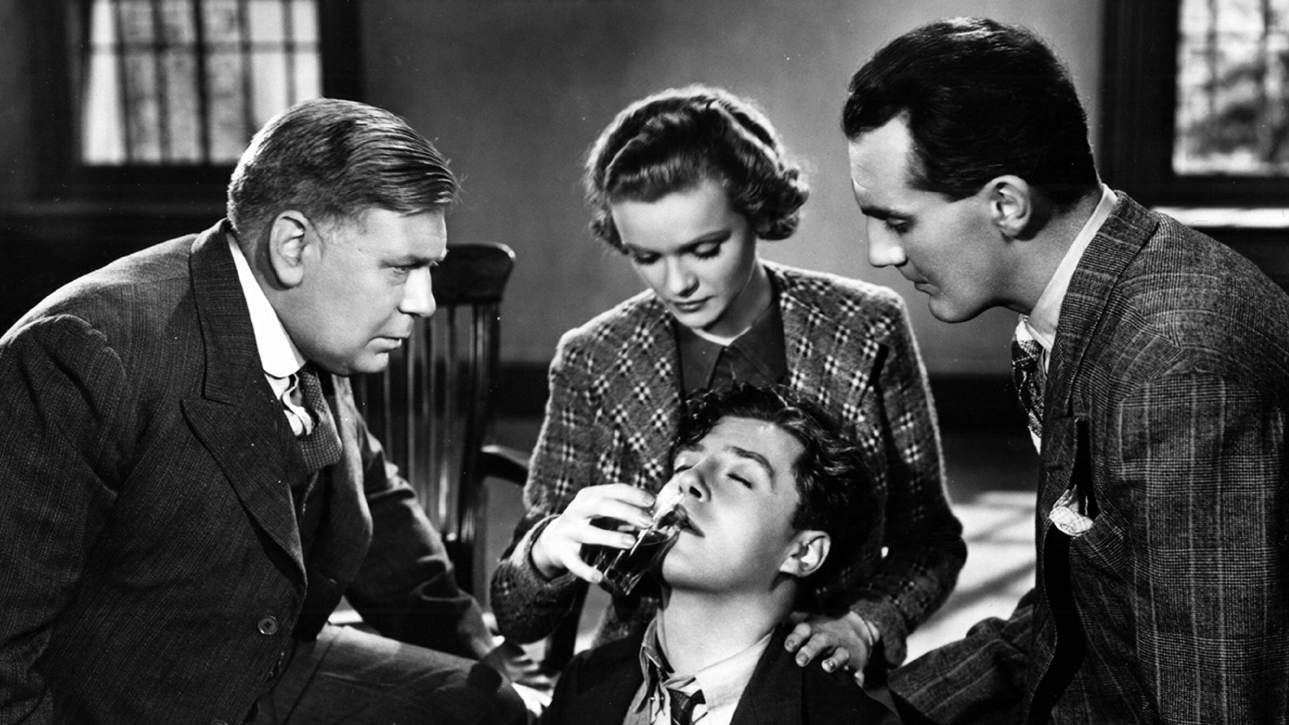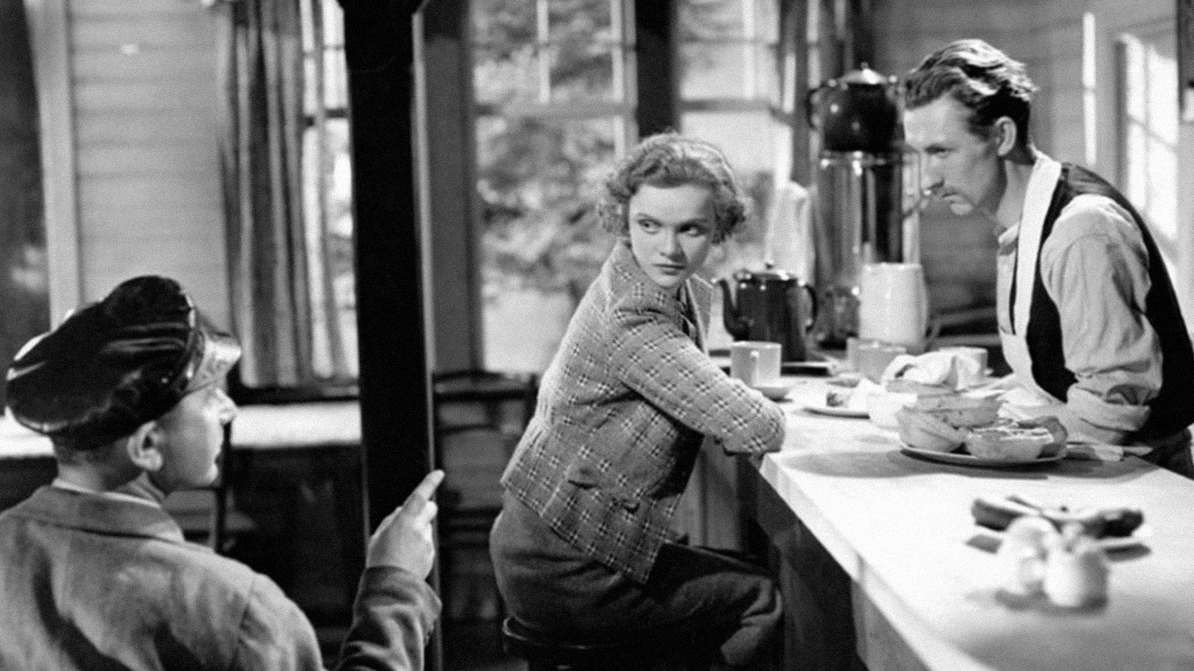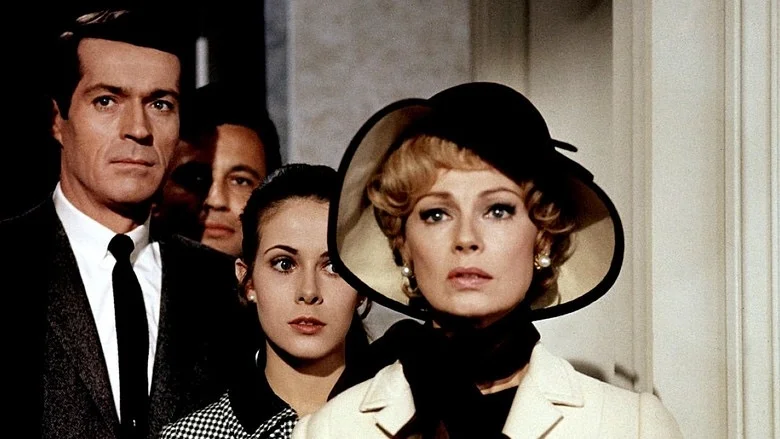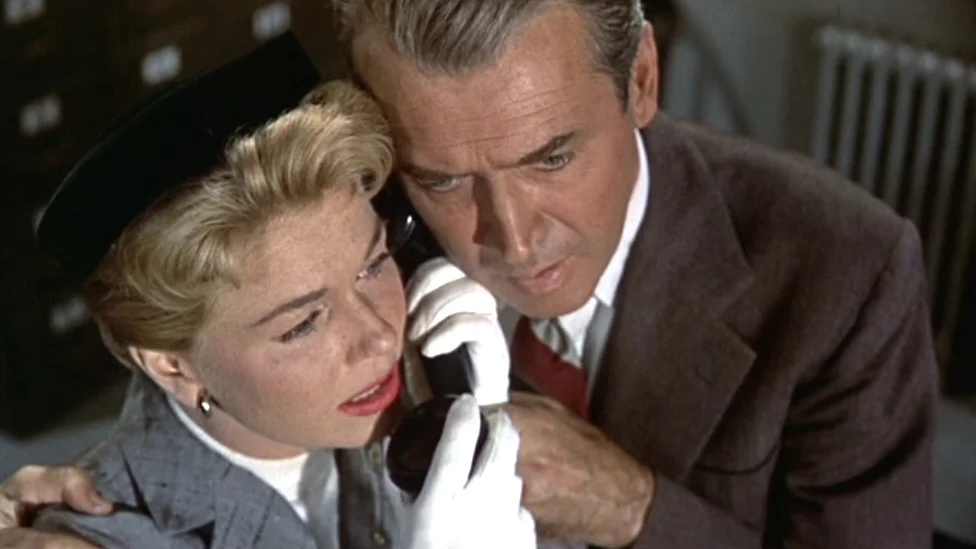Beginner’s Guide to Alfred Hitchcock: Young and Innocent (1937)
Many of Alfred Hitchcock’s films are variations of a few themes. Hitchcock liked going back to ‘wrong man’ stories or ‘perfect murder’ plots. He often featured amateur sleuths in big conspiracies or women evading dangerous men. Even with similar premises, each Hitchcock film has a different tone, with unique set pieces or character types. Hitchcock’s 1937 thriller Young and Innocent (titled The Girl Was Young in the U.S.) is your typical Hitchcock ‘wrong man’ movie in the vein of The 39 Steps and North by Northwest. I had heard of the movie, but had never seen it before.
In the film, movie star Christine Clay (Pamela Carme) is in a contentious divorce with her husband Guy (George Curzon). Christine is found dead on a beach, strangled by a raincoat belt. Robert Tisdall (Derrick De Marney) finds the body but is immediately suspected after it is discovered that not only did he know Christine, but he’s also named in her will. After being questioned by the police overnight, Robert faints and is taken care of by the constable’s daughter Erica Burgoyne (Nova Pilbeam). Robert escapes, and takes Erica with him claiming his innocence. Robert and Erica then set out to find the real killer.

The title Young and Innocent refers to both of the main characters—Erica is young, and Robert is innocent. Hitchcock said that he wanted this film to be about youth and innocence prevailing over the police in solving the crime. Hitchcock hints at the real killer in the first scene, so the audience is aware that Robert is most likely not guilty. And Erica’s youth doesn’t mean that she is naïve either. She’s some kind of girl scout, and doesn’t believe Robert until she follows the case further. Then, Erica applies her intelligence and creativity to solve the case and evade the police.
The youth vs. adults motif is made more explicit during a sequence at a children’s birthday party that Erica and Robert stumble onto while hiding out at Erica’s aunt’s house. Her aunt Margaret (Mary Clare) questions the pair, and they don’t really have any convincing answers. Suspicious, she almost sniffs out that something is amiss. But a children’s game of Blind Man’s Buff allows Erica and Robert to escape before she can figure out what’s wrong. That the aunt is the one who puts on the blindfold in the game is interesting. The elderly aunt is unable to see, or rather her vision is cut off just when she’s about to snitch out the on-the-run couple. Her being blindfolded reflects the eye-twitching of Christine’s ex-husband, and Robert’s bad defense lawyer who wears glasses. The young people are the only ones who can see the truth.

The most famous part of the film is a crane shot that tracks from a hotel lobby, over a divider, and through a ballroom to land on the real killer. The shot is about a minute or so long and is a key example of Hitchcock directing the audience. Through cinematic language, we can understand that the tracking shot will land on something important and it does. We finally figure out the real murderer playing in a band (it being 1937, the musicians are in blackface, which is incredibly uncomfortable). Hitchcock subliminally commands our attention to the drummer; the song “No One Can Like the Drummer Man” is playing over the crane shot.
Young and Innocent is a pretty fun movie. There’s a comedic sequence as Erica and Robert try to escape the police while hiding in an old mill. This film is also about as anti-police as a Hitchcock film can get. The police are after the wrong guy the entire time; either they are presented as stubborn robots following orders or incompetent fools. Erica even asks an officer if he can be a human for once.
None of this is anything new for Hitchcock, even at this early point in his career. He had already made The 39 Steps in 1935, which is far more formally inventive and iconic, with similar themes and story beats. However, Young and Innocent runs a tight 83 minutes. It’s highly enjoyable with numerous exciting set pieces and strong characters played with confidence by the actors.
Young and Innocent is currently streaming on FilmStruck.
The final installment of our long running column aptly finds Manish exploring Hitch’s final film, this black comedy starring Bruce Dern and Karen Black.
Hitchcock’s dabbling in the screwball comedy arena is more interesting than entertaining but has a terrific lead performance from Carole Lombard.
Even with an ambitious opening and a phenomenal performance from Marlene Dietrich, this mystery is ultimately middle-of-the-road Hitchcock.
A look at the charming and visually inventive romantic comedy from Hitchcock’s silent era.
While this early film from Hitchcock has hints of where his career was headed, it’s one of his least compelling efforts.
One of Hitchcock’s last films, Topaz is an overlong but often exciting spy thriller.
In our Beginner’s Guide to Hitchcock, we take a look at a little known musical (!) called Waltzes From Vienna.
This lackluster romantic drama from Hitchcock’s silent era would have benefitted greatly from being made later in his career.
A dry and predictable mystery thriller that, despite a stellar cast, is rightfully considered lesser Hitchcock.
Hitchcock ends one phase of his career with this, unfortunately unmemorable, film.
The movie involves a chorus girl, but the story behind the scenes is much more interesting.
This WWI-set espionage thriller has some similarities to a superhero blockbuster.
Murder and theatrics are on deck with a truly interesting early Hitchcock film.
Don’t let the title confuse you, this is Hitchcock film that’s very much an “assignment film”.
Hitchcock’s early screwball comedy shows signs of his knack for visual humor.
This Oscar-nominated Hitch thriller set its psychological game in the battlefield of a marriage.
This forgotten attempt at parody from Hitch should probably stay that way.
Hitchcock wasn’t too fond of this, his final silent film, but it still holds some of his trademark flourishes.
This Henry Fonda starrer is one of Hitch’s least stylish and most grounded works.
Manish takes a look at his favorite film and its meaning in the #MeToo era.
Despite gorgeous cinematography and a strong performance from Ingrid Bergman, this is still lesser Hitch.
This film from Hitchcock's silent era is one of the very first boxing pictures.
Hitchcock's thrills lift up the nothing-special plot in this pre-war thriller.
An early Hitchcock film from the silent era that is for completists only.
Jimmy Stewart stars in Hitchcock's remake of his 1934 film The Man Who Knew Too Much.
Peter Lorre stars in this iconic thriller/comedy.
Manish explores this "lesser" Hitchcock which is the most patriotic film he ever made.
Sylvia Sidney's commanding lead performance is just one of the pleasures of this 'lesser' Hitch thriller.
While there are interesting elements, this silent era Hitchcock is not an essential work in his career.
Hitchcock brings the laughs in this worthwhile outing.

































